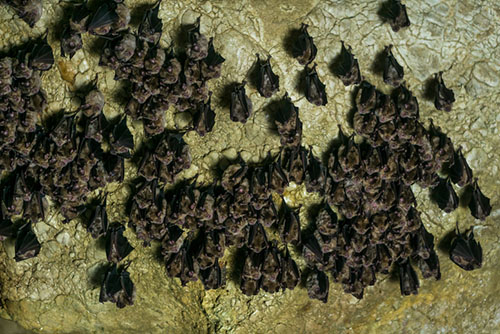Undifferentiated and Anaplastic Sarcomas
- Tumors of the Skin and Soft Tissues
- Overview of Tumors of the Skin and Soft Tissues
- Epidermal and Hair Follicle Tumors
- Equine Sarcoids
- Connective Tissue Tumors
- Undifferentiated and Anaplastic Sarcomas
- Lymphocytic, Histiocytic, and Related Cutaneous Tumors
- Tumors of Melanocytic Origin
- Metastatic Tumors
These malignant mesenchymal tumors are difficult to characterize microscopically. Undifferentiated sarcomas lack distinctive features (eg, architectural patterns, cytoplasmic and nuclear features, cell products). Anaplastic sarcomas have most of the following features: variations in size and shape of nuclei, nuclear hyperchromasia, striking irregularity of chromatin pattern, abnormal mitotic figures, and large numbers of mitotic figures. As such, anaplastic sarcomas are generally undifferentiated, but undifferentiated sarcomas do not have to be anaplastic. In both cases, excision should be deep and wide, with 3-cm margins along with a combination of the intraoperative and followup oncologic therapy techniques described above, because the first surgery with immediate followup is most important in determining outcome. The prognosis is generally poorer for anaplastic sarcomas than for undifferentiated sarcomas.
Resources In This Article
- Tumors of the Skin and Soft Tissues
- Overview of Tumors of the Skin and Soft Tissues
- Epidermal and Hair Follicle Tumors
- Equine Sarcoids
- Connective Tissue Tumors
- Undifferentiated and Anaplastic Sarcomas
- Lymphocytic, Histiocytic, and Related Cutaneous Tumors
- Tumors of Melanocytic Origin
- Metastatic Tumors





